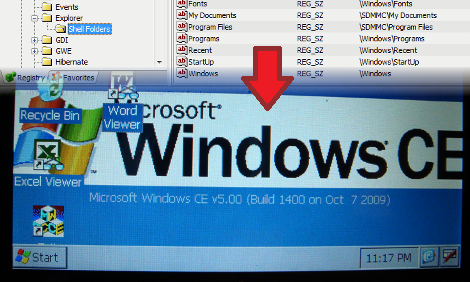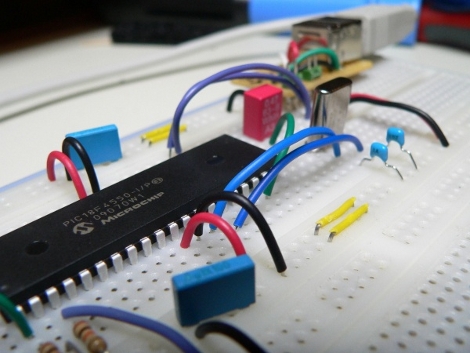
A while back, we announced that we would be bringing new features to Hackaday. One in particular that garnished a lot of interest was our question answer type thingy. Well, in case you hadn’t noticed, that has not happened yet. Without divulging too much into the secret machinery that lies underneath Hackaday, I’ll just say that we(the writers) don’t necessarily have control over all aspects of the site. An example would be the copyright. Yes, we finally got it updated. Thanks for all of your emails. No, none of us had access to that part of the site, so don’t bother letting us know how simple that change should have been.
We are as eager as you to see some good ideas and good feedback flowing through this site, so we’re going to start a regular post, entitled “Ask Hackaday”. This isn’t entirely new, we’ve done it before actually. This is just to let you know that we intend to do it regularly, and to set some ground rules. “Ask Hackaday” will mostly center around you, our readers, and your ideas. We will publish a question, and possibly our thoughts, but the main content will be your responses. We have a huge collective of intelligent creative readers and it would be a shame not to tap into that pool of knowledge. When you are offering an answer, be thorough, give details, and please be kind.
Send your questions to askHAD@hackaday.com for consideration. They will be chosen based on a complicated system of random number variation involving furry woodland creatures and how we feel at the moment that we read them. Do not get offended if you question does not get published. We get tons of questions already and we don’t intend to publish them all.













